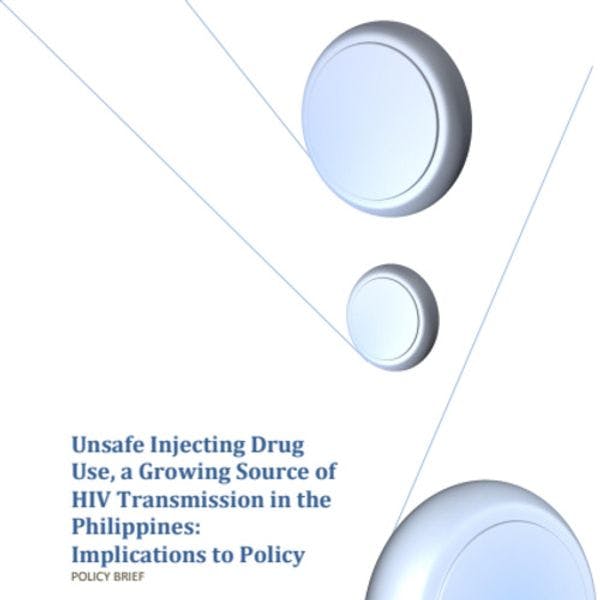Unsafe injecting drug use, a growing source of HIV transmission in the Philippines: Implications to policy
The overarching conclusion of the present review is that there is a need to introduce reforms in our existing drug policies in order to make them attuned to the present concrete realities in the country. Some of these realities are the increasing incidence of HIV and AIDS cases in the country (Department of Health National Epedimiology Center, 2012), the large number of drug dependents who have no access to treatment (Cebu City Multisectoral HIV-AIDS Council, 2012), the inadequacy of our prison system to handle drug-related cases (Farr & Wilson, 2010). There is a need to review the contextual and conceptual drivers of the policy. Cohen (1993) stressed that “effective alternatives are impossible to design if we do not first re-design both our historical perspective on present drug control ideology and our conceptual tools for thinking about drug use.”
The following concrete proposals are recommended:
- Although there are scores of studies giving evidence to the effectiveness of NEP as a strategy against spread of HIV infection, there is need to undertake local assessment studies on NEP and other harm reduction programs in order to gather locally generated scientific data;
- Establish pilot NEP sites in high risk areas, the program to be operated by an inter-sectoral task force made up of individuals coming from law enforcement, health, academe, etc.
- Carry out the operations research project which is now in the pipe line;
- Conduct awareness-raising discussions using the facilities of the tri-media, in order to encourage public reflection on the issue of drugs and HIV-AIDS and to clarify misunderstanding about the NEP.
- Work for legislative review of R.A. 9165 and R.A. 8504 to remove policy gaps between the two laws.
- Majority of the ordinances were passed in compliance to legislative requirements rather than as a response to homegrown needs. There is a need to localize the provisions so that they reflect the real needs and situation on the ground.
Thus with the Philippines experiencing a mounting incidence of HIV transmission among PWID, the NEP/NSP is a potentially effective strategy for lessening the burden of disease in this subpopulation.
Keep up-to-date with drug policy developments by subscribing to the IDPC Monthly Alert.
Regions
Related Profiles
- United Nations Development Programme (UNDP)
